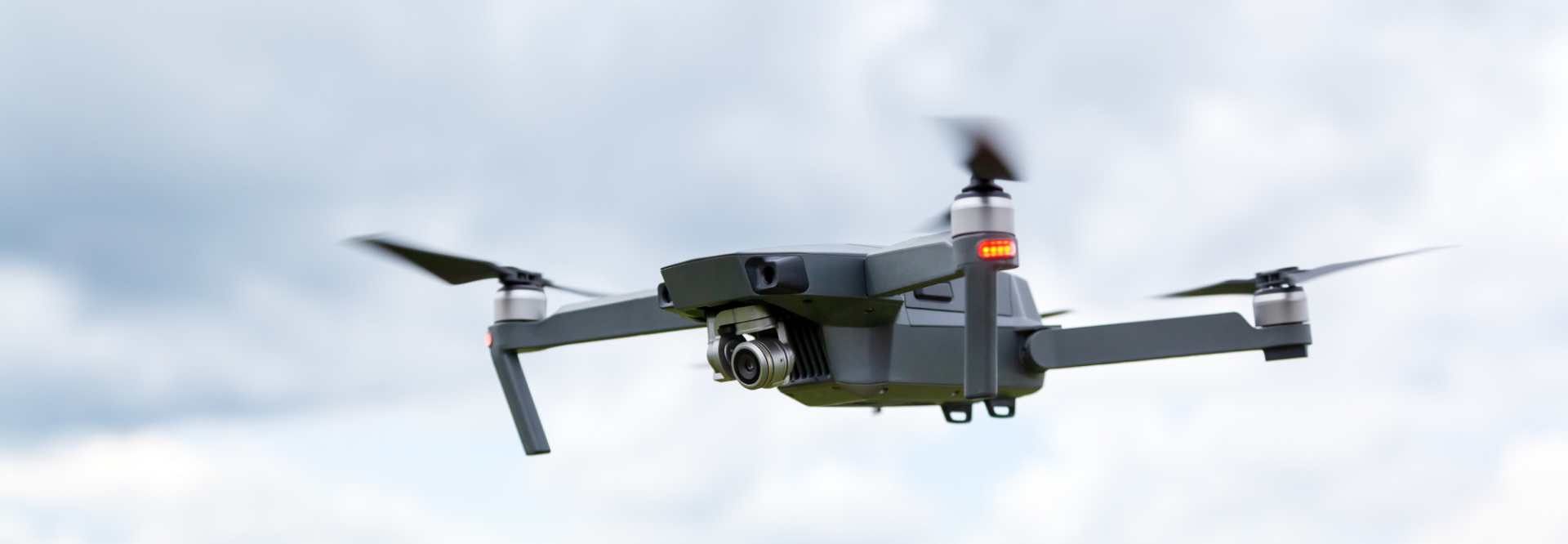Drones first came into use in the mid-twentieth century, marking a shift in how conventional warfare happens in the modern world. Although the British did invent unmanned aircraft as early as 1917, drones didn’t see real action until 1991, when they were first deployed for reconnaissance in the Gulf War. As the 21st century progresses and we move towards the post-modern era, the use of unmanned aerial vehicles (UAVs) has also seen a sharp rise. From reconnaissance to one-use strikes, drones are increasingly used for security and peacekeeping activities.

Why do armies use drones?
Armies use drones for two significant reasons: ease of maneuverability and minimizing danger to human life.
The first reason is that drones are much smaller than conventional aircraft such as fighter jets, recon aircraft, and supply airplanes. This makes entering tight spaces in urban or dense jungles easier while also performing fast maneuvers to escape enemy fire. Being small, they also slip through radar detections better than large planes. Another major reason is minimizing the loss of human lives. Wars are costly, and the loss of human life cannot be replaced by any means. Naturally, remote-controlled aircraft help make that possible. Disarming the enemy by taking out striking capability is a good way of ending armed conflicts – one may argue it is a relatively humane way of fighting, should all efforts for peace unfortunately fail.
Disadvantages of Drones
Drones are small, and so is their fuel capacity. Newer, battery-operated drones have a range of up to a few hundred kilometers which may not be as good as that of large aircraft, which can go up to a thousand kilometers in one full tank. Another con of drones is the time it takes to master handling one. By comparison, a pilot can learn to fly a plane faster than an operator can master maneuvers using a drone.
Effect of UAVs on Modern Warfare
UAVs have outclassed their disadvantages by offering much more practical uses. Apart from the above two reasons, drones cost much less than fully engineered aircraft – not just in fixed purchases but also when it comes to maintenance. Surveillance data from drones is more useful since drones don’t make much noise and help in getting information on key enemy operations in great detail.
Due to their small size, drones and UAVs are also easier to transport, carry and deploy quickly. Most modern drones don’t even need long runways to get airborne and begin their work. This makes setting up a ground control station and moving it around a hassle-free task. All these advantages have paved the way for drones to find more and more employment in the modern era.
Force Protection is an effect that has been observed profoundly. By allowing military forces to carry out missions without putting their soldiers in harm’s way, drones provide a level of force protection that was not previously possible. This has helped in reducing casualties and improving operational effectiveness.
Drones equipped with precision-guided munitions can accurately strike targets, reducing the risk of civilian casualties and collateral damage. This has made it easier for military forces to target specific individuals or buildings without the need for ground troops.
You may get in touch with us on contact@phoenix.tech

